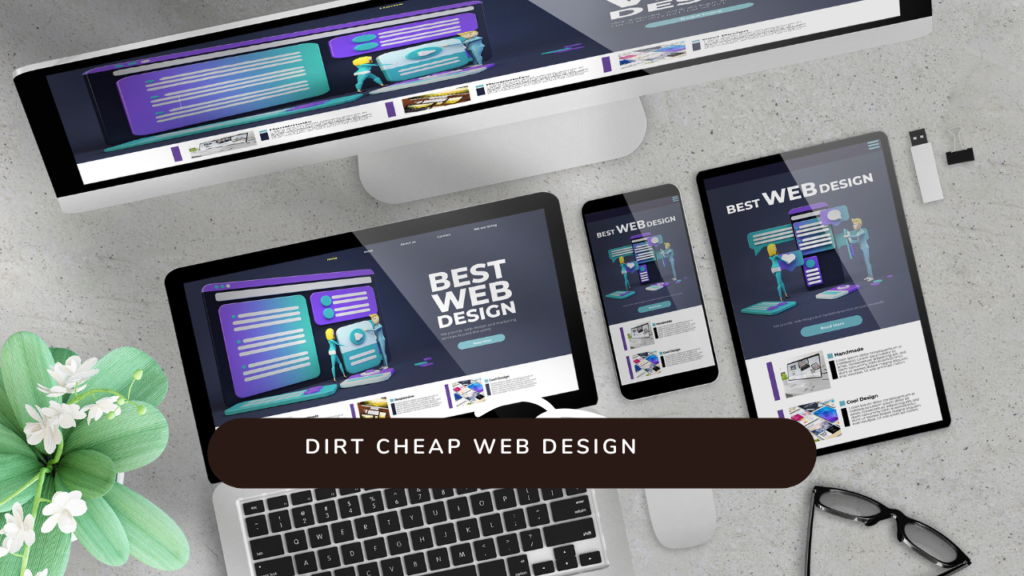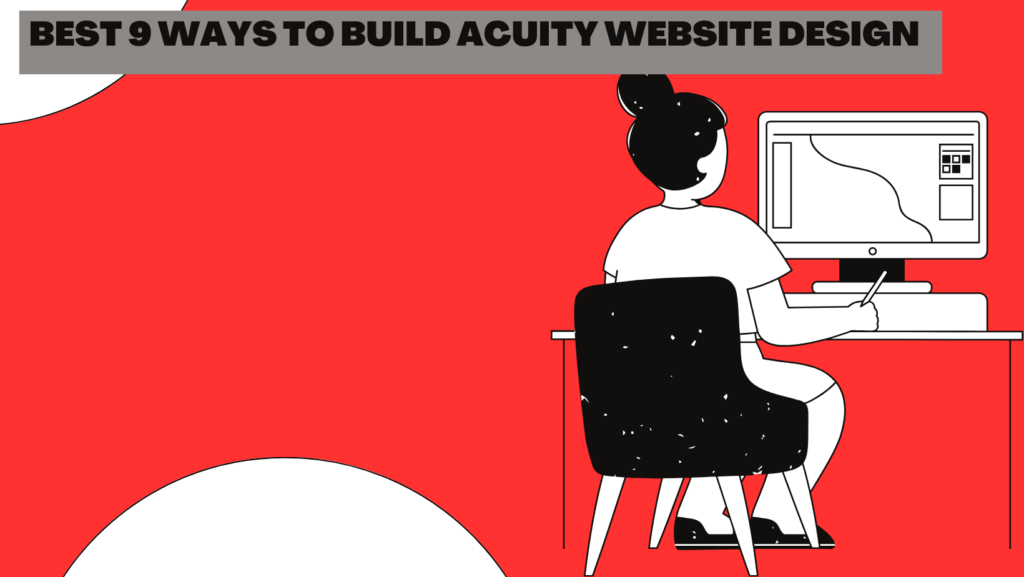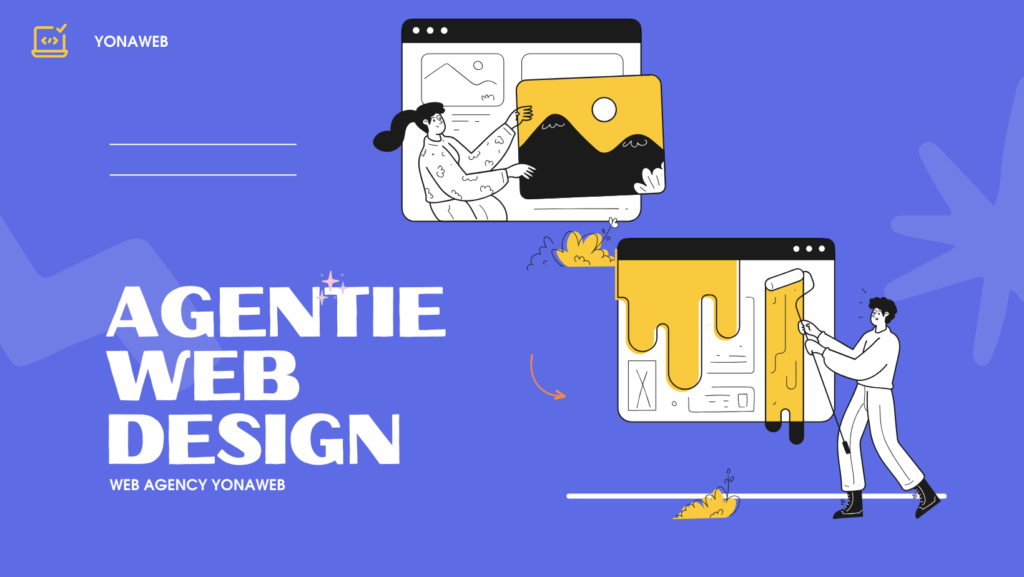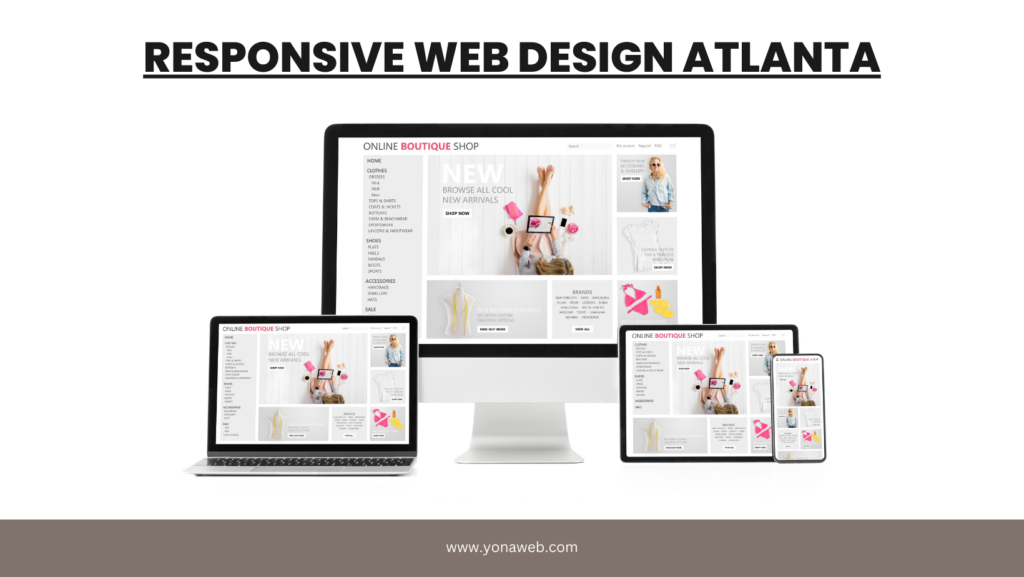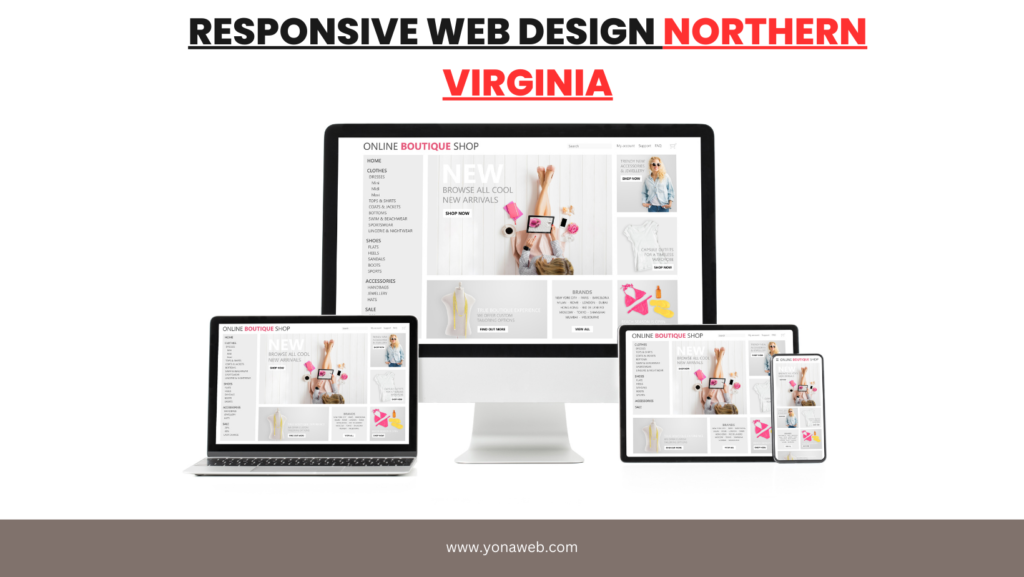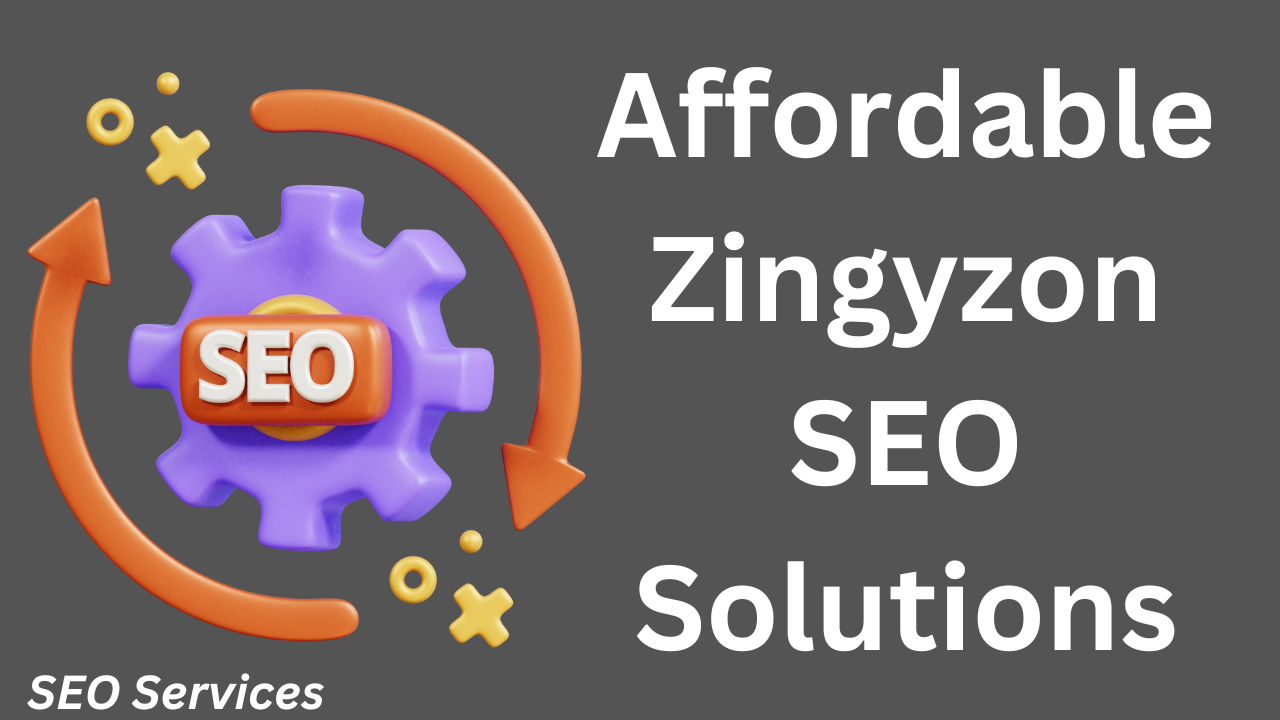Introduction
Dirt cheap web design is a game-changer for small businesses where every penny counts. When you’re juggling multiple roles—marketer, accountant, customer service rep, and more—the last thing you need is to overspend on a website that fails to deliver. If you’ve ever wondered how to create a professional-looking site without breaking the bank, you’re in the right place.
In this guide, we’ll explore budget-friendly options for web design, spotlighting low-cost web design services that can help your small business shine online. Whether you’re launching a new venture or revamping an existing site, you’ll find plenty of actionable tips to create a fantastic online presence without a hefty price tag.
Section 1: The Importance of a Great Website for Small Businesses
Picture this: you’re a small bakery owner, and someone hears about your delicious pastries. They decide to check you out online. What do they find? A poorly designed website that looks like it’s stuck in the ’90s? Or do they find a sleek, modern site that showcases your creations and tells your story? The answer can make or break their decision to visit your shop.
A professional website is essential for credibility in today’s digital age. It’s often the first impression potential customers will have of your business. According to a study, 75% of users judge a company’s credibility based on its website design. So, having a polished site can help you stand out from the competition.
But here’s the good news: dirt cheap web design doesn’t mean you have to sacrifice quality. There are countless low-cost web design services out there that can give you a stunning site without draining your bank account.
Section 2: Where to Find Low-Cost Web Design Services
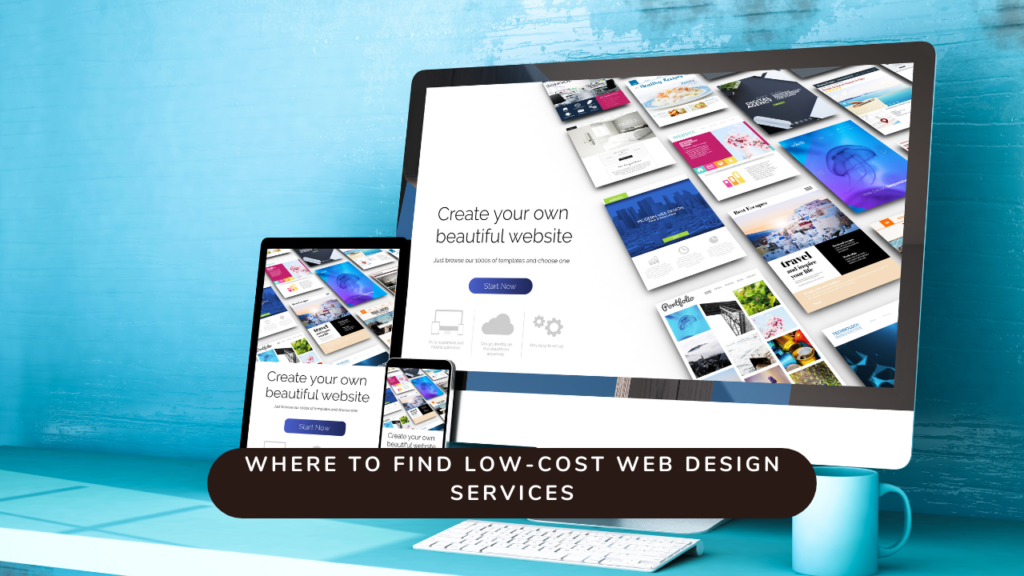
Now that we’ve established why a great website is vital, let’s talk about where you can find those affordable web design services. You don’t need to hire an expensive agency to get a site that looks professional. Here are some options to consider:
- Freelance Platforms:
Websites like Fiverr, Upwork, and Freelancer are treasure troves of affordable design talent. You can find designers offering services starting as low as $5! While you may need to sift through some portfolios to find the right fit, many freelancers are skilled and eager to work with small businesses.
- Local Colleges and Universities:
Many students studying web design are eager to build their portfolios and showcase their skills. Reaching out to local colleges can connect you with talented individuals who offer affordable design services. This is an excellent way to get a professional website at a cheap price while supporting students’ growth.
In addition to being cost-effective, this approach gives your business access to fresh design ideas and creative solutions. Many students are familiar with modern web builder tools and can deliver sleek, responsive websites. Their enthusiasm and innovative mindset can result in a dirt-cheap website that looks far more polished than expected.
This method also saves you money on additional services like hosting, as students may recommend affordable options. By investing in student designers, you gain quality web design without compromising your budget, ensuring both price and service align with your business needs.
- DIY Website Builders:
Platforms like Wix, Squarespace, and Weebly offer user-friendly interfaces and customizable templates that make it easy to create a professional-looking site. While these might require a little time and effort on your part, they allow for significant cost savings, especially if you have a clear vision of what you want.
Section 3: Essential Elements of Dirt Cheap Web Design
So, what makes a website truly stand out? While the term dirt cheap web design might imply that you can skimp on quality, the reality is that certain elements are crucial for any successful website. Here are some must-haves:
- Clear Navigation:
Imagine walking into a retail bakery with pastries scattered all over—finding what you want would be frustrating, right? The same frustration applies to websites with poor navigation. A cluttered layout makes it harder for visitors to locate what they need, leading to a negative user experience.
Companies that focus on web development must ensure their navigation is simple and intuitive. A well-organized menu is essential, guiding users effortlessly through the site and making it easy for them to explore services or products. Good navigation is a hallmark of any expert web company aiming for higher engagement.
In today’s competitive race, companies cannot afford high bounce rates caused by confusing websites. An intuitive structure that includes smooth navigation improves user experience, encouraging visitors to stay longer and interact more.
- Compelling Visuals:
Images often convey messages more effectively than words. High-quality photos that highlight your products or services can leave a lasting impression on visitors. For businesses working with a limited plan, taking photos with a smartphone can be a smart way to cut costs while still showcasing offerings visually.
If you want to elevate your visuals, consider exploring popular royalty-free image sites like Unsplash or Pexels. These platforms offer a wide range of professional images, giving your website a polished look without the need for a premium budget.
Choosing the right images can significantly impact how users perceive your brand. Whether using your own photos or curated stock images, ensure they align with your overall plan and communicate your message effectively to attract and engage visitors.
- Responsive Design:
More people are browsing on their mobile devices than ever before. If your site isn’t mobile-friendly, you risk losing a significant portion of your audience. Fortunately, most low-cost web design services will prioritize responsive design, ensuring that your site looks great on any device.
- Strong Call-to-Action (CTA):
What do you want visitors to do when they land on your site? Whether it’s signing up for a newsletter, making a purchase, or contacting you, make sure your CTAs are clear and compelling. A well-placed button can significantly boost your conversion rates.
- Basic SEO:
Search engine optimization (SEO) might sound daunting, but it doesn’t have to be. I remember when I first learned about SEO and discovered many cheap practices that could significantly improve my website’s visibility. Simple strategies like using relevant keywords are a cheap way to enhance your content and help search engines understand what your site is about.
In addition to keywords, I remember finding 9 cheap methods, including writing descriptive alt texts for images. This approach not only helps with SEO but is also a cheap and effective way to improve accessibility. By taking advantage of these cheap SEO techniques, you can give your website a better chance of ranking higher without breaking the bank.
Lastly, ensuring your site loads quickly is another cheap yet essential aspect of SEO. A fast-loading website can reduce bounce rates and improve user experience. By focusing on these cheap SEO practices, even businesses with limited budgets can compete effectively online and achieve better search engine rankings.
Section 4: Common Mistakes to Avoid with Low-Cost Web Design
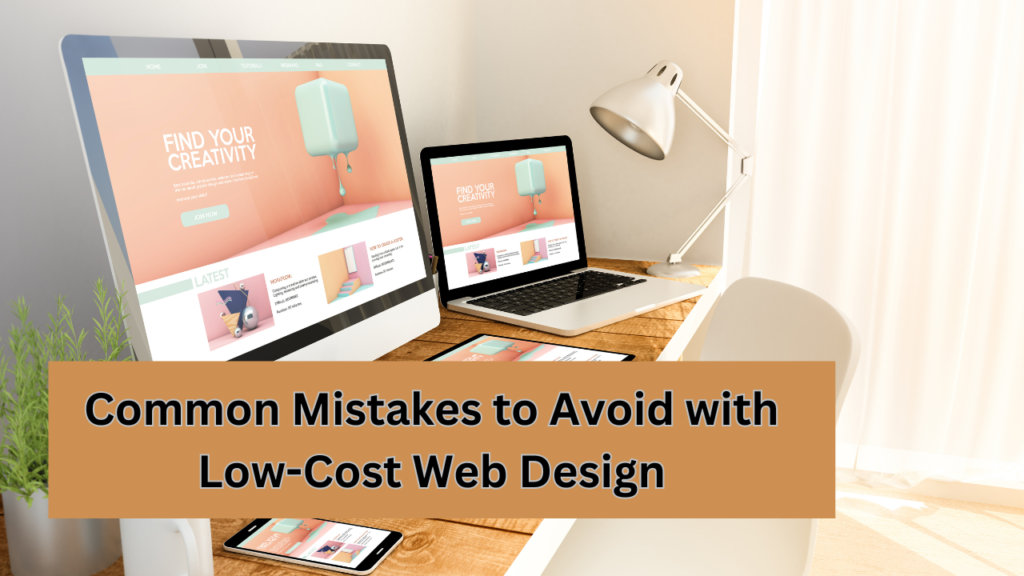
Now that you know what to include, let’s talk about what to avoid. Even when using low-cost web design services, there are common pitfalls that can sabotage your efforts. Here’s what to watch out for:
- Overcomplicated Designs:
While it might be tempting to go for flashy animations and intricate layouts, remember that simplicity often reigns supreme. A cluttered website can confuse visitors and drive them away. Stick to clean designs that highlight your offerings effectively.
- Neglecting Mobile Optimization:
As mentioned earlier, mobile users are on the rise, and this trend is expected to continue. Recent studies show that over half of all web traffic now comes from mobile devices, highlighting the importance of having a mobile-friendly site. If your website looks great on desktop but not on mobile, you’re missing out on a significant portion of potential customers who browse and shop using their smartphones and tablets.
Ensuring your site is mobile-responsive can drastically improve user experience. A website that adapts to different screen sizes allows visitors to navigate easily and access content without frustration. This is particularly crucial for e-commerce businesses, as a seamless mobile experience can directly influence purchasing decisions. Therefore, make sure any designer you hire understands the importance of mobile optimization and has experience creating responsive designs.
Investing in mobile optimization not only helps retain users but also improves your site’s search engine rankings. Search engines like Google prioritize mobile-friendly websites in their results, meaning that a well-optimized mobile site can enhance your visibility and attract more visitors. By prioritizing mobile design, you can better serve your audience and capitalize on the growing trend of mobile internet usage.
- Inconsistent Branding:
Your website is an extension of your brand. If your colors, fonts, and overall style are inconsistent with your other marketing materials, it can create confusion and reduce trust. Stick to a cohesive branding strategy across all platforms.
- Forgetting About Load Times:
No one likes a slow website. According to research, 53% of mobile users abandon sites that take longer than three seconds to load. Ensure that your design doesn’t include heavy elements that could slow down load times. Optimize images and streamline code whenever possible.
- Ignoring User Feedback:
Once your site is live, don’t just sit back and relax. It’s essential to engage with your users actively and gather feedback about their experience. Reach out to your audience through surveys, feedback forms, or direct communication to understand their thoughts. Ask them if they can find what they need easily or if there are any areas of confusion. This proactive approach can provide valuable insights into how your website performs in real-world scenarios.
Analyzing user feedback is crucial for making informed improvements to your site. For instance, if multiple users express difficulty navigating certain sections, you may need to simplify your menu or reorganize your content. Addressing these concerns promptly can enhance user satisfaction and foster a positive perception of your brand. Continuous improvement based on user feedback shows that you value their experience and are committed to providing the best service possible.
Additionally, keep in mind that user preferences and behaviors can change over time. Regularly revisiting user feedback and making updates ensures your website remains relevant and effective in meeting their needs. By prioritizing user input and being responsive to their suggestions, you create a more user-friendly site that encourages repeat visits and enhances overall engagement. Ultimately, this dedication to improvement will contribute to the long-term success of your online presence.
Section 5: Maximizing Your Investment in Low-Cost Web Design Services
You’ve found your low-cost web design service, and your site is live. Now, how do you ensure you’re getting the most bang for your buck? Here are some tips to help you maximize your investment:
- Clear Communication:
When working with a designer, be crystal clear about your goals and vision. Providing examples of sites you love can help convey your preferences. Regular check-ins during the design process can also help ensure you’re on the same page.
- Utilize Feedback Loops:
Once your site launches, gather feedback from customers and friends. Encourage them to provide honest opinions on what works and what doesn’t. Use this feedback to make adjustments and improvements over time.
- Cost-Effective Maintenance:
Websites need upkeep. Keep an eye on content updates, SEO practices, and overall functionality. Many DIY platforms make it easy to make changes yourself, saving you money on ongoing maintenance.
- Leverage Analytics:
Tools like Google Analytics can provide invaluable insights into your website’s performance. Track metrics like traffic sources, bounce rates, and user behavior. This data can help inform your marketing strategies and website improvements.
- Continue Learning:
The world of web design and digital marketing is always evolving. Stay informed about trends, best practices, and new tools that can enhance your website. Join forums, subscribe to newsletters, and participate in online courses to keep your skills sharp.
Conclusion
In the fast-paced world of small business, having a website is no longer a luxury—it’s a necessity. With dirt cheap web design options available, you don’t have to sacrifice quality for affordability. From freelance platforms to DIY builders, the possibilities are endless.
By focusing on essential design elements, avoiding common pitfalls, and maximizing your investment, you can create a website that not only looks great but also drives sales and engages your audience. So, roll up your sleeves, get creative, and let your small business shine online!
Affordable, High-Quality Web Design with SEO – Meet Yona Web Agency
Looking for a reliable yet affordable agency to design your website? YonaWeb Agency offers custom web design services tailored to small businesses at unbeatable prices, ranging from just $100 to $350. The best part? SEO services are included, helping your site rank higher on search engines and attract more customers. Whether you’re launching a new business or revamping an existing site, Yona Web delivers stunning, optimized designs that won’t drain your budget.
Get in touch with Yona Web today and let them help your business shine online!
[Click Here to Contact Yona Web Agency]
Top FAQ about Web Design and Website Builders
- Who has the cheapest website builder?
Some of the cheapest website builders include Wix, Weebly, and WordPress.com (basic plans). Additionally, Zyro and IONOS are known for offering affordable plans starting as low as $1/month with essential features for small businesses. - What is the best website creator in 2024?
In 2024, Wix remains a top pick for its flexibility and ease of use. Squarespace is favored for visually stunning designs, while Webflow offers advanced customization. For e-commerce, Shopify leads, and WordPress.org is ideal for those needing full control over their websites. - What is a good price for web design?
The cost of web design can vary widely depending on the complexity. For basic business websites, prices usually range from $500 to $5,000. However, freelancers or agencies like YonaWeb offer cheaper packages starting at $100 to $350 with added SEO services for budget-conscious clients. - How do I price myself as a web designer?
To price yourself effectively:- Assess your skills and experience: Beginners might start at $25-$50/hour, while experienced designers charge $75-$150/hour.
- Consider project complexity: Flat rates for small websites can start at $500, scaling based on additional features (e-commerce, SEO).
- Analyze competitors: Study market rates in your niche.
- Offer package deals: E.g., basic website + SEO for a fixed price to attract clients.
Now it’s your turn! Have you had experiences with low-cost web design services? Share your stories or ask your questions in the comments below. Let’s foster a community of learning and support among small business owners!
Thank you
